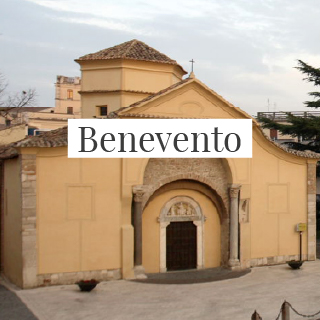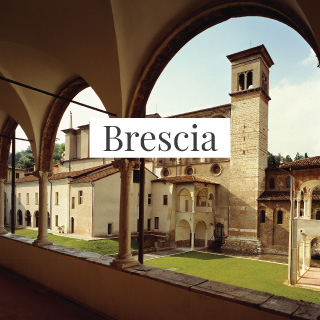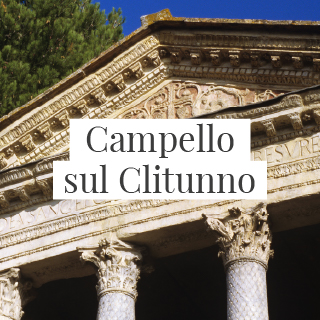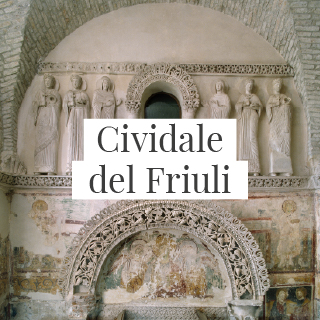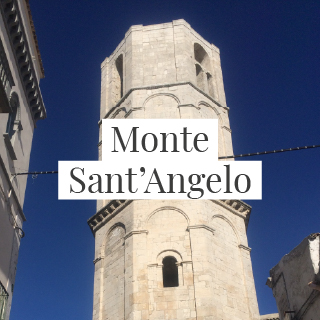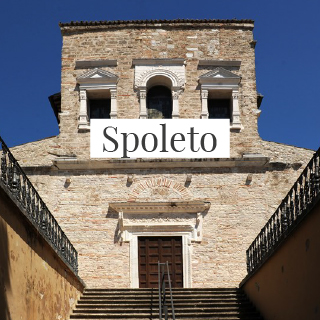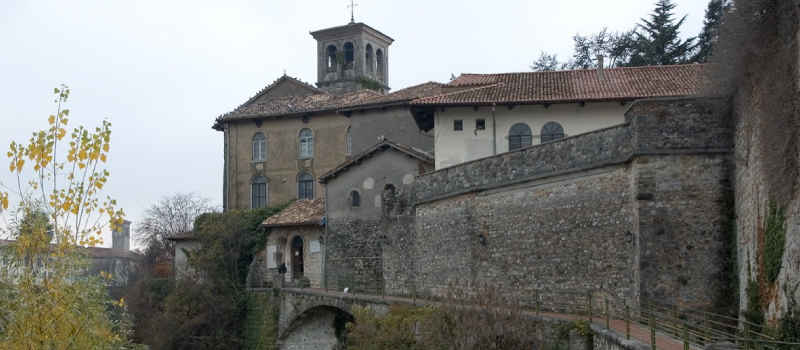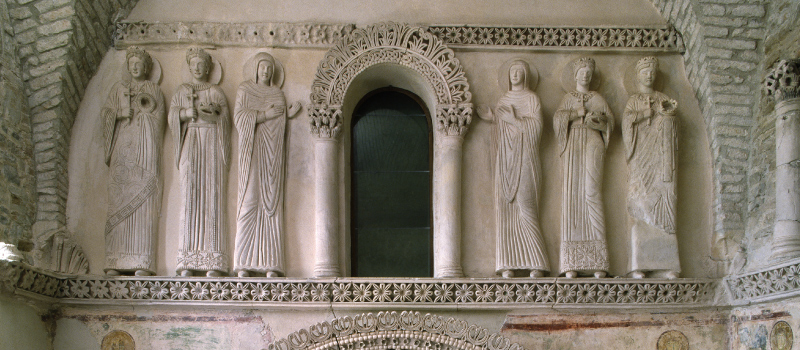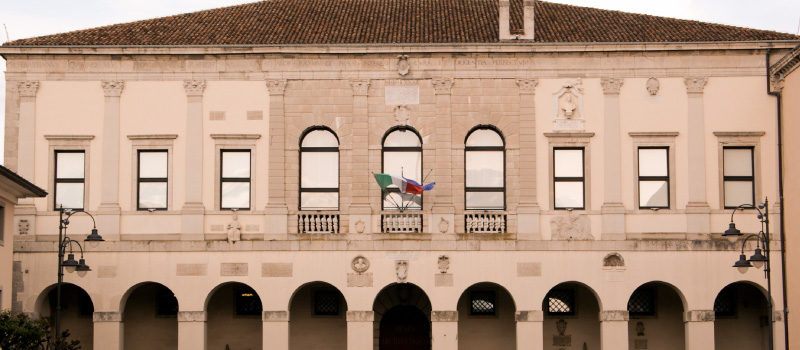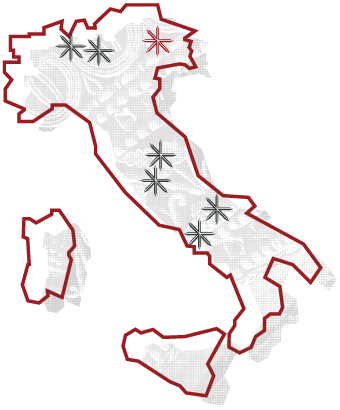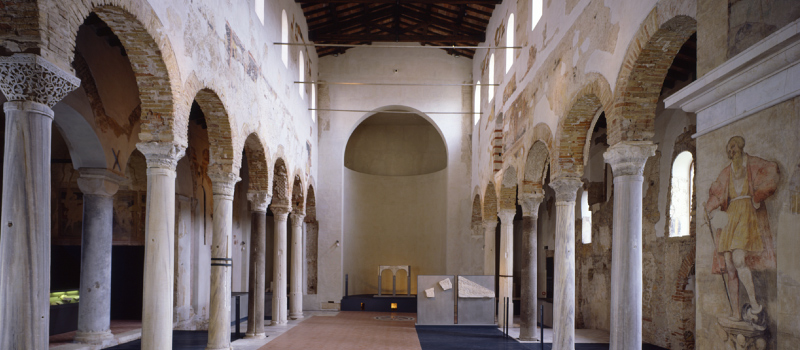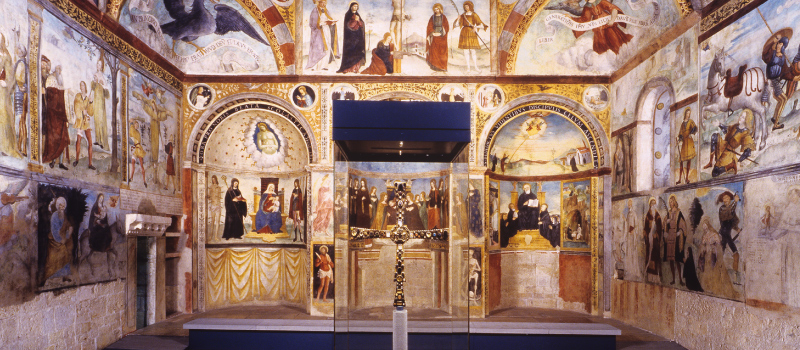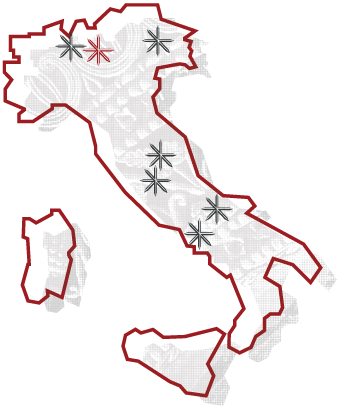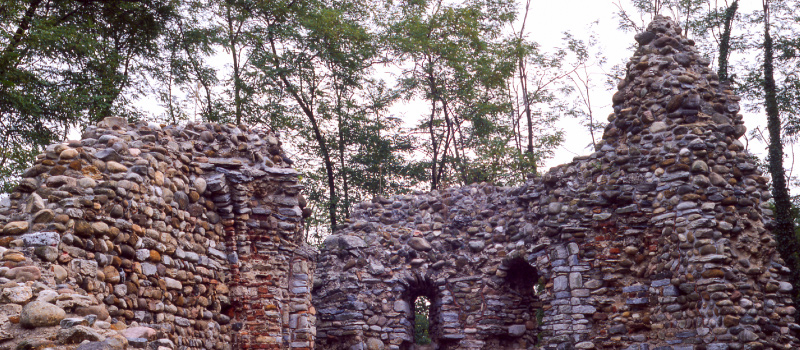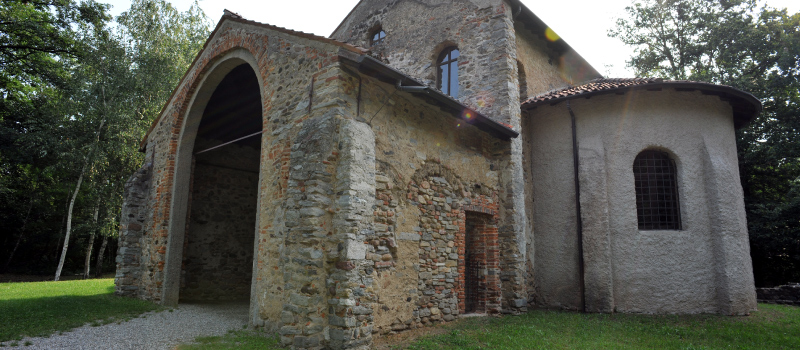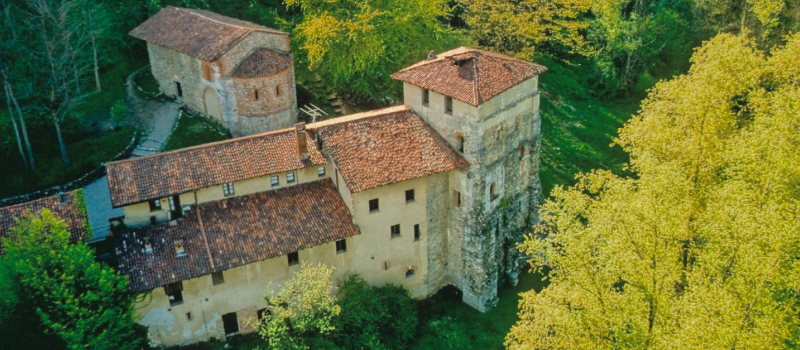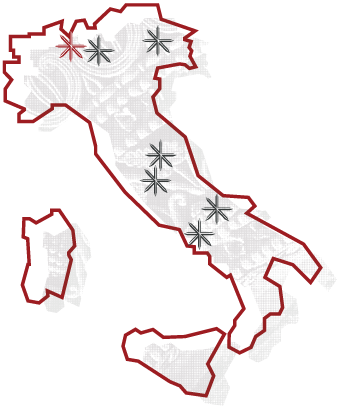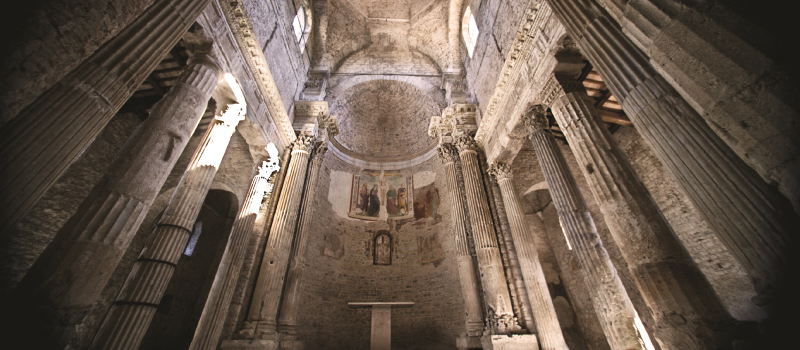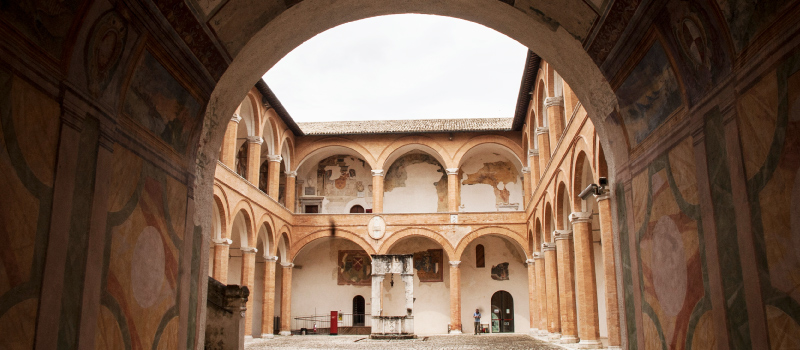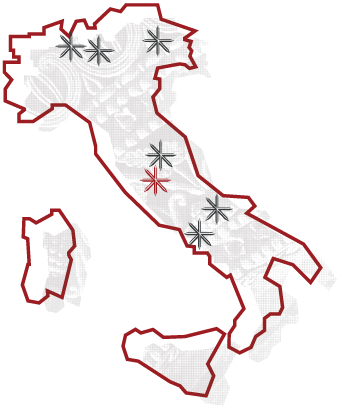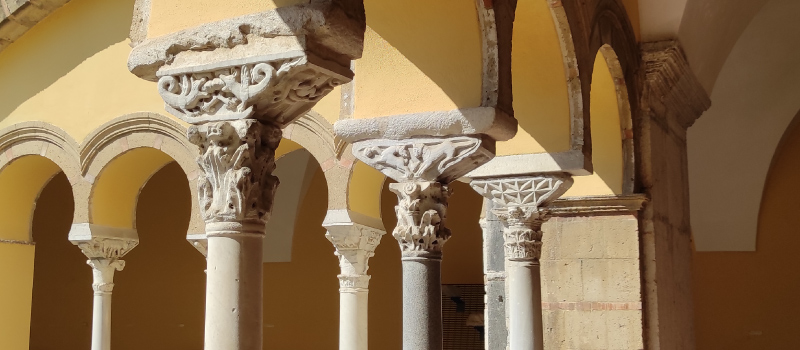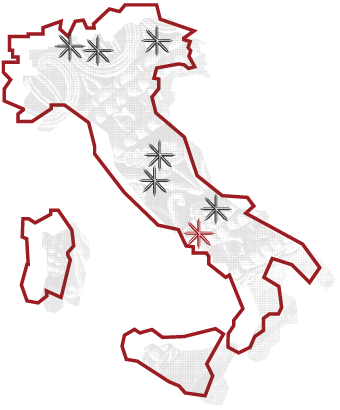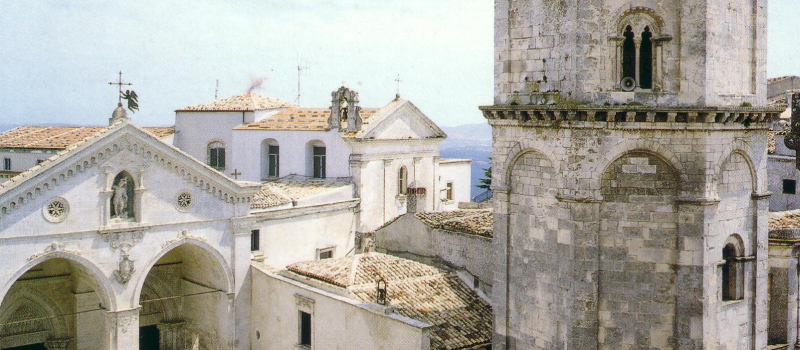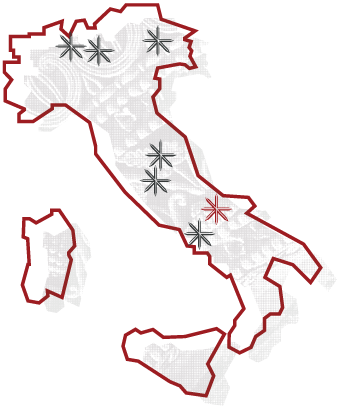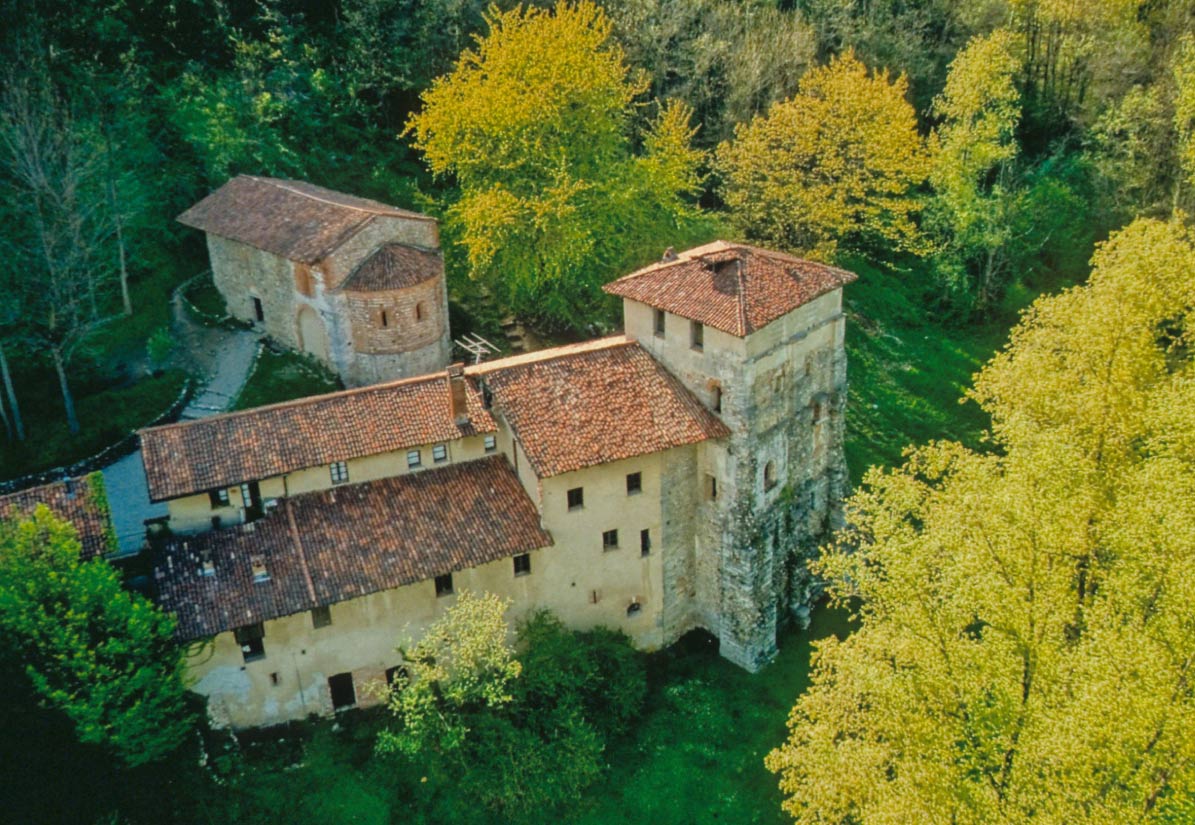Monastery of Torba
A monastery in the
Torba complex
A significant example of the creation of a power centre in a rural area, the settlement is enclosed by a wall that extends down to Torba, in the flat Olona valley bottom. During the long period of the Pax Langobardorum, the Torba monumental complex lost its military purpose and acquired a religious function after the settlement of a small group of Benedictine nuns in the 8th century.
The monumental complex comprises four main buildings, each with its own history.
Tower
The fresco fragments preserved on the walls and the hollows made in the masonry testify that this room was used as a burial ground for the monastic community. The second floor, with an altar and religious depictions on the walls, was used as an oratory by the nuns between the 8th and 11th centuries.

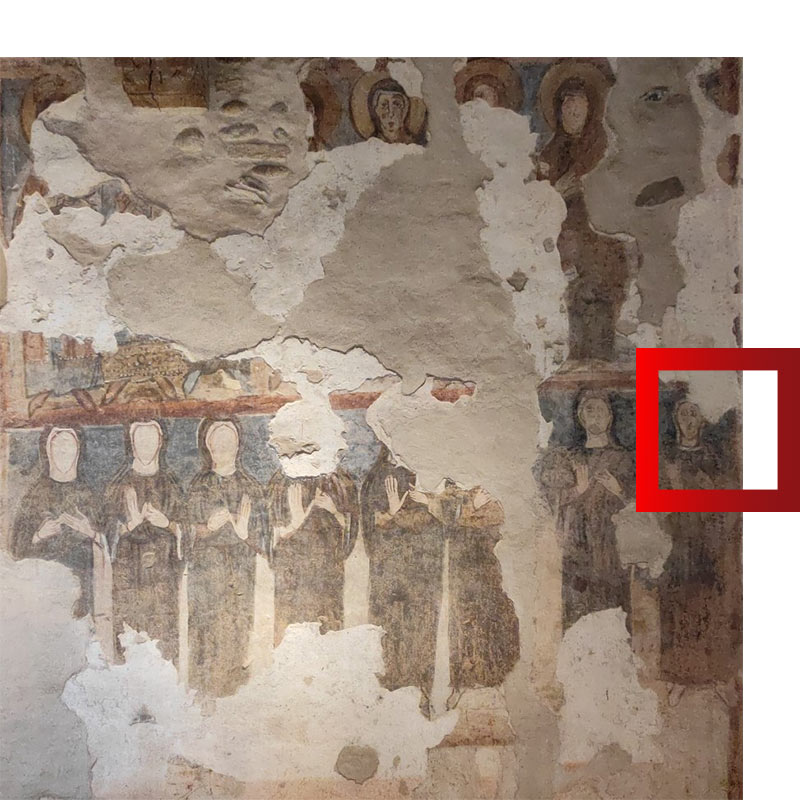
Frescoes
For about seven centuries a secluded female community lived in this place, handing down to us as a legacy of their presence the hieratic frescoes in the tower, with their almost mysterious aura.
The splendid frescoes that decorate the two floors of the tower date to the late 8th century, when the nuns reused the building as an oratory and burial ground, later building the church and the nearby monastery.
On the east wall is a rare depiction of a velarium above which stands Christ, next to whom the Virgin and the Apostles would originally have been shown. On the west wall there are saints and martyrs, below whom eight nuns are shown in procession.
Church of Santa Maria
External restructuring interventions concerned the path leading to the archaeological area of Castelseprio, conservation of the wall, and redevelopment of the avenue that gives access to the monastery.
In 2013 archaeological excavations were conducted in the area to the north and west of the church, and that north of the stretch of boundary wall.
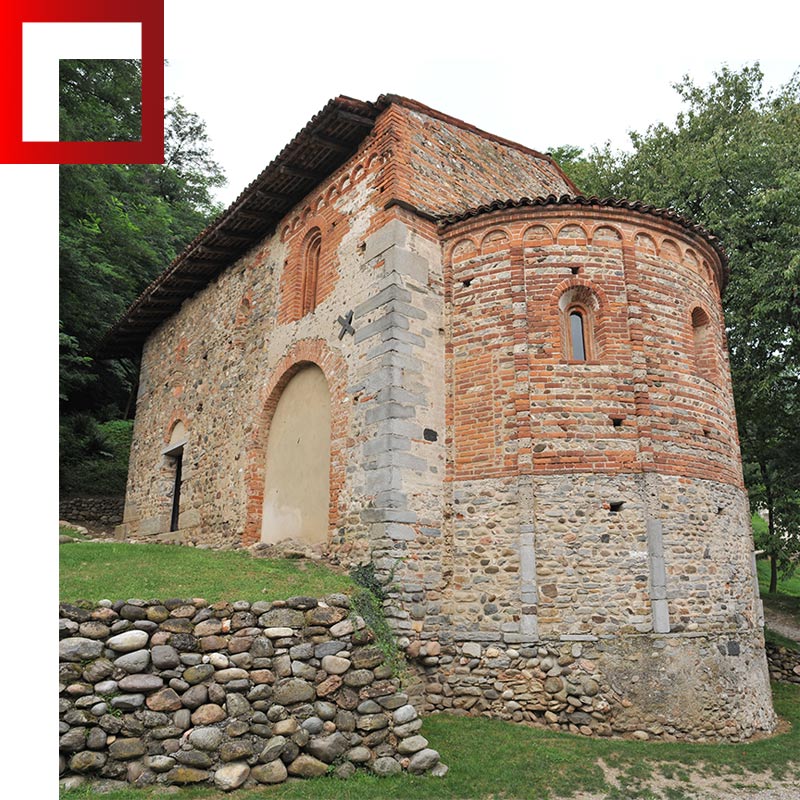
Visit
Info ans contacts
Torba Monastery
Via Stazione, 21040 Torba VA
Phone 0331 820301
Mail. faitorba@fondoambiente.it
Website
VUOTO
Tickets
Full price 8,00€
Reduced: 4,00€
Family (2 adults and 2 children): 21,00€
Opening Times
from 25 February to 30 September
Monday closed
Tuesday closed
Wednesday 10.00 – 18.00
Thursday 10.00 – 18.00
Friday 10.00 – 18.00
Saturday 10.00 – 18.00
Sunday 10.00 – 18.00
from October 1st to December 11th
Monday closed
Tuesday closed
Wednesday 10.00 – 17.00
Thursday 10.00 – 17.00
Friday 10.00 – 17.00
Saturday 10.00 – 17.00
Sunday 10.00 – 17.00
